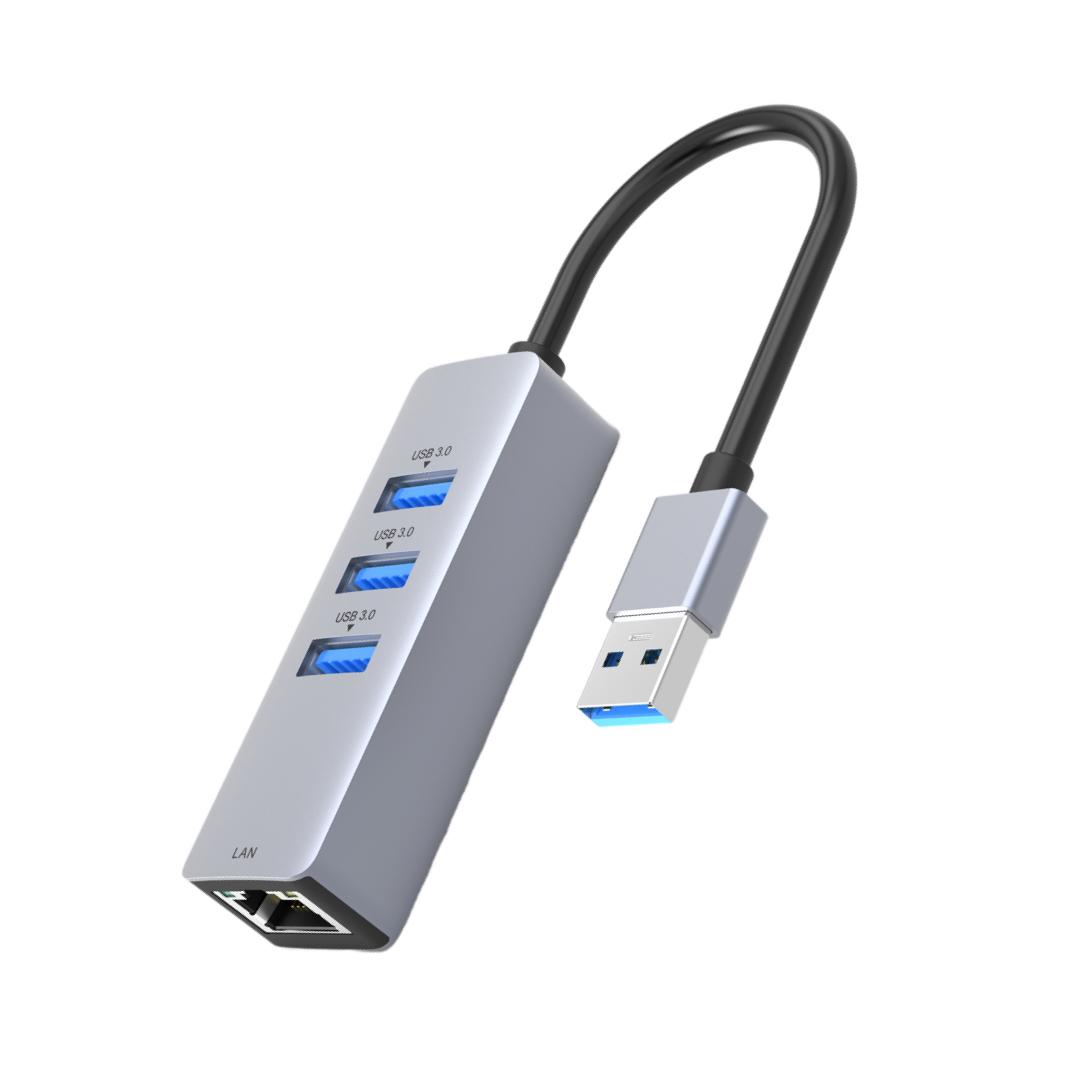In a world where digital devices are indispensable, the need for efficient data transfer and device connectivity is greater than ever. USB hubs play a crucial role in expanding the number of available USB ports, allowing multiple devices to connect to a single port. However, not all USB hubs are created equal. The most common types are USB 2.0, USB 3.0, and USB 3.1, each offering different levels of performance and capabilities. This article will compare these USB standards to help you decide which is best for your needs.
Understanding USB Standards: A Brief Overview
USB 2.0: Released in 2000, USB 2.0 is an older standard that offers data transfer speeds of up to 480 Mbps (megabits per second). It became the standard for many devices, including keyboards, mice, and external drives.
USB 3.0: Introduced in 2008, USB 3.0 significantly improved data transfer speeds, offering up to 5 Gbps (gigabits per second). This version of USB is often recognized by its blue-colored ports and connectors.
USB 3.1: Launched in 2013, USB 3.1 doubled the data transfer rate of USB 3.0, reaching up to 10 Gbps. It also introduced the reversible USB Type-C connector, which has become increasingly popular in modern devices.

Speed Comparison: USB 2.0 vs. USB 3.0 vs. USB 3.1
When it comes to speed, USB 3.1 is the clear winner, with its 10 Gbps data transfer rate. This is ideal for tasks that require transferring large files quickly, such as video editing or backing up data. USB 3.0 offers a respectable 5 Gbps, making it sufficient for most everyday tasks like connecting external hard drives, printers, or webcams. On the other hand, USB 2.0’s 480 Mbps is noticeably slower, which might cause bottlenecks when transferring larger files or using multiple devices simultaneously.
Best for High-Speed Data Transfer: USB 3.1
Good for General Use: USB 3.0
Basic Connectivity: USB 2.0
Power Delivery: How Much Power Can Each Standard Provide?
Another critical factor is the power delivery capability of each USB standard. USB 2.0 can provide up to 2.5 watts of power, enough to charge small devices like smartphones or power peripherals like keyboards and mice. USB 3.0 increases this to 4.5 watts, which is better suited for charging tablets or powering larger peripherals. USB 3.1, particularly with the Type-C connector, can deliver up to 100 watts of power, making it capable of charging laptops and powering high-consumption devices like external monitors.
Best for Charging Large Devices: USB 3.1
Good for Mid-Sized Devices: USB 3.0
Basic Charging Needs: USB 2.0
Compatibility: Connecting Old and New Devices
One of the great things about USB technology is its backward compatibility. A USB 3.0 or 3.1 hub can work with older USB 2.0 devices, though the speed and power delivery will be limited to the USB 2.0 standard. However, when using a USB 2.0 hub with a newer device, you won’t be able to take advantage of the faster data transfer speeds or higher power output offered by USB 3.0 or 3.1.
Best for Versatility: USB 3.1 (with Type-C for future-proofing)
Good for Mixed Device Use: USB 3.0
Basic Device Compatibility: USB 2.0
Portability and Design: What to Consider
USB hubs come in various designs, from compact, portable models to larger, powered hubs designed for desktops. USB 3.1 hubs, especially those with Type-C connectors, are often more compact due to the smaller connector size. USB 2.0 and 3.0 hubs are generally bulkier but can offer more ports. If portability is a priority, a USB 3.1 hub with Type-C is the best choice. However, if you need multiple ports and don’t mind a larger hub, USB 3.0 may be sufficient.
Best for Portability: USB 3.1 (Type-C)
Good for Multiple Ports: USB 3.0
Basic Compactness: USB 2.0
Price Consideration: Budget vs. Performance
Price is often a deciding factor when choosing a USB hub. USB 2.0 hubs are generally the cheapest but offer limited performance. USB 3.0 hubs provide a good balance of price and performance, making them suitable for most users. USB 3.1 hubs, while more expensive, offer the best performance and future-proofing, particularly with the growing adoption of USB Type-C.
Best for Budget: USB 2.0
Good for Value: USB 3.0
Best for Performance: USB 3.1
Conclusion: Which USB Hub is Best for You?
Choosing the best USB hub depends on your specific needs. If you require fast data transfer and high power delivery, a USB 3.1 hub is the way to go, especially if you’re working with large files or need to charge power-hungry devices. For general use, a USB 3.0 hub offers a good mix of speed, power, and affordability. If you’re on a budget or only need to connect a few basic devices, a USB 2.0 hub might suffice.
Ultimately, the best USB hub for you will depend on your specific requirements, including the types of devices you need to connect, your budget, and whether you need to future-proof your setup with the latest USB technology.



